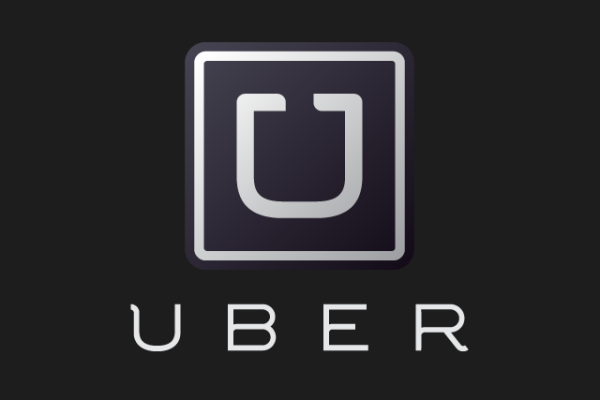Uber frequently makes headlines as they fight protectionist bureaucrats around the world. The most recent bout has been with the French government ban on UberPop, the low cost service similar to UberX. Despite international aggression from governments, Uber growth has been unprecedented. Their success is all part of the new “sharing economy”, which should be a buzz word for the French socialists.
The politically-motivated crusade against Uber has been harmful to drivers and consumers. If the government wants to promote “fair “competition, then a good start would be repealing current restrictions and regulations. In fact, Uber is doing great things for everyone, including cab drivers.
Occupational licensing for cab drivers means expensive medallions. Uber drivers, however, are independent contractors and not subject to the same requirements. In other words, the bureaucrat’s incompetence has come back to haunt them. These medallions cost enormous sums of money. In Paris, a medallion costs €300,000.
Ironically enough, Paris has a shortage of taxi drivers. In 1937, Paris capped the number of drivers at 14,000. Today, with an estimated 27 million tourists, that has increased a meager 14%. Passengers stand in long lines for hours before getting a ride. Paris would not be in this predicament if it were not for their licensing restrictions on taxis, yet they continue to restrict beneficial services.
In cities where Uber operates relatively freely, medallion prices have declined from Uber’s competitive presence. Prices have fallen 25% since last year in New York. Philadelphia actually failed to resell any of their existing medallions at $475,000, but will try again for a slightly less painful $350,000. These are the fruitions of competitive market forces.
Drivers are flocking to Uber because of the flexible work hours and lucrative earning possibilities. In January 2013, fewer than 1,000 new drivers joined Uber in the United States. That number jumped to 32,000 in November 2014.
Demographics of new drivers are more reflective of the general workforce and not the average cab driver, which means Uber is a competitive employer. At $19.20 per hour, average wages are $7 higher than that of taxi cab drivers. Also, 55% of drivers work one to 15 hours per week and use the flexible hours as a second income, especially for married couples. None of these things bode well if you are a taxi union leader.
Judging by their rapid growth, Uber customers are extremely pleased with the ride-sharing service. Nonetheless, there is an unfounded fear that Uber somehow puts riders in danger. Uber’s commercial insurance covers $1 million in damages both on and off a ride. Drivers are required to have state minimums of auto insurance. They also vet drivers through an extensive background check which is more conclusive than many cab companies.
Cab drivers are understandably concerned about the new competition. They have been compelled to purchase expensive occupational licenses while Uber drivers are avoid the cost. Unions have wielded political power in return for protectionist favors that have no benefit to their members.
Regulations created this problem and more of it will result in future problems. It’s an unfortunate scenario for cab drivers, but at least their medallions are becoming more affordable. Still, if they choose to remain in a dying industry, the folly of their leaders shouldn’t be the burden of others. Perhaps they ought to Uber instead?





1 comment